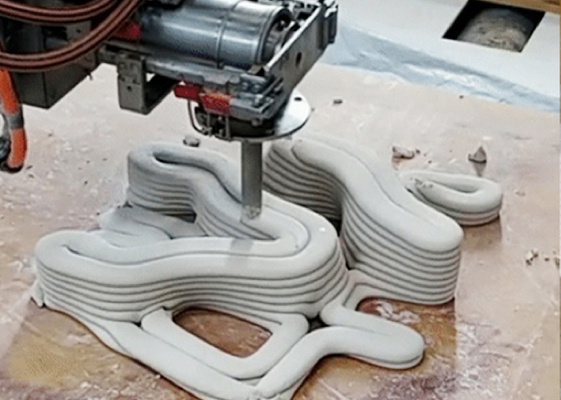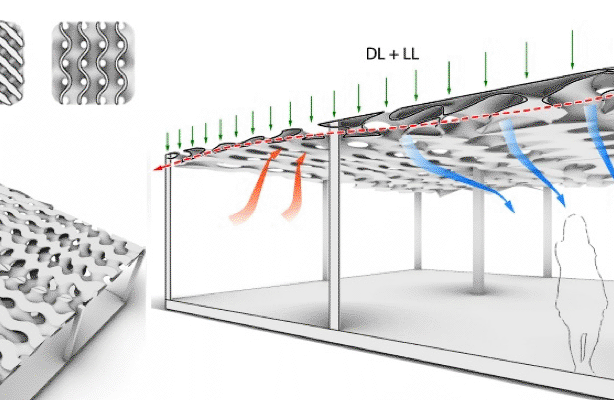Awards & Honors
$2.4M Grant Awarded to Prof. Bolhassani Team
Assistant Professor Dr. Mohammad Bolhassani is part of a team selected to receive $2.4 million in funding from the Advanced Research Projects Agency – Energy (ARPA-E) of the U.S. Department of Energy. The objective of the research project, part of HESTIA (Harnessing Emissions into Structures Taking Input from the Atmosphere), is to investigate technologies for the transformation of traditional structures into net carbon storage structures.
As the ARPA-E website reports, “selectees for the Harnessing Emissions into Structures Taking Inputs from the Atmosphere (HESTIA) program will prioritize overcoming barriers associated with carbon-storing buildings, including scarce, expensive and geographically limited building materials. Decarbonization goals for the HESTIA program mirror President Biden’s plan to reach zero emissions by 2050 and aim to increase the total amount of carbon stored in buildings to create carbon sinks, which absorb more carbon from the atmosphere than released during the construction process. . . .
“Greenhouse gas (GHG) emissions associated with material manufacturing and construction, renovation, and disposal of buildings at the end of their service life are concentrated at the start of a building’s lifetime, making them essential to address given the urgency of meeting national energy and environmental challenges.”
CCNY, in collaboration with the University of Pennsylvania, Texas A&M University, KieranTimberlake, and Sika Switzerland will design a carbon-negative, medium-sized building structure by developing a high-performance floor system with maximized surface area for carbon absorption, using a novel carbon-absorbing concrete mixture as building material, 3D printing the parts with a novel concrete mixture and additional bio-based carbon-storing materials.
“The right geometry produces the efficiency of the structures by reducing the amount of material — concrete, in this case — used, and consequently carbon emissions,” said Mohammad Bolhassani, director of the Advanced Masonry Center at Spitzer, “Coupling the right form of structure and material will also help to absorb more carbon from the atmosphere.”
Along with Prof. Bolhassani (co-PI), the project team includes:
- Masoud Akbarzadeh (PI), director of the Polyhedral Structures Laboratory and assistant professor of architecture, University of Pennsylvania;
- Dorit Aviv (co-PI), director of the Thermal Architecture Lab and assistant professor of architecture, University of Pennsylvania;
- Shu Yang (co-PI), Joseph Bordogna Professor of Engineering and Applied Science and chair of the Department of Materials Science and Engineering, University of Pennsylvania;
- Zheng O’Neil (co-PI), associate professor of mechanical engineering, Texas A&M University;
- Billie Faircloth (co-PI), partner and research director, and Ryan Welch, principal, KieranTimberlake;
- Peter Psarras, research assistant professor in chemical and biomolecular engineering, University of Pennsylvania;
- Didier Lootens, head of research and development, Sika Switzerland.




